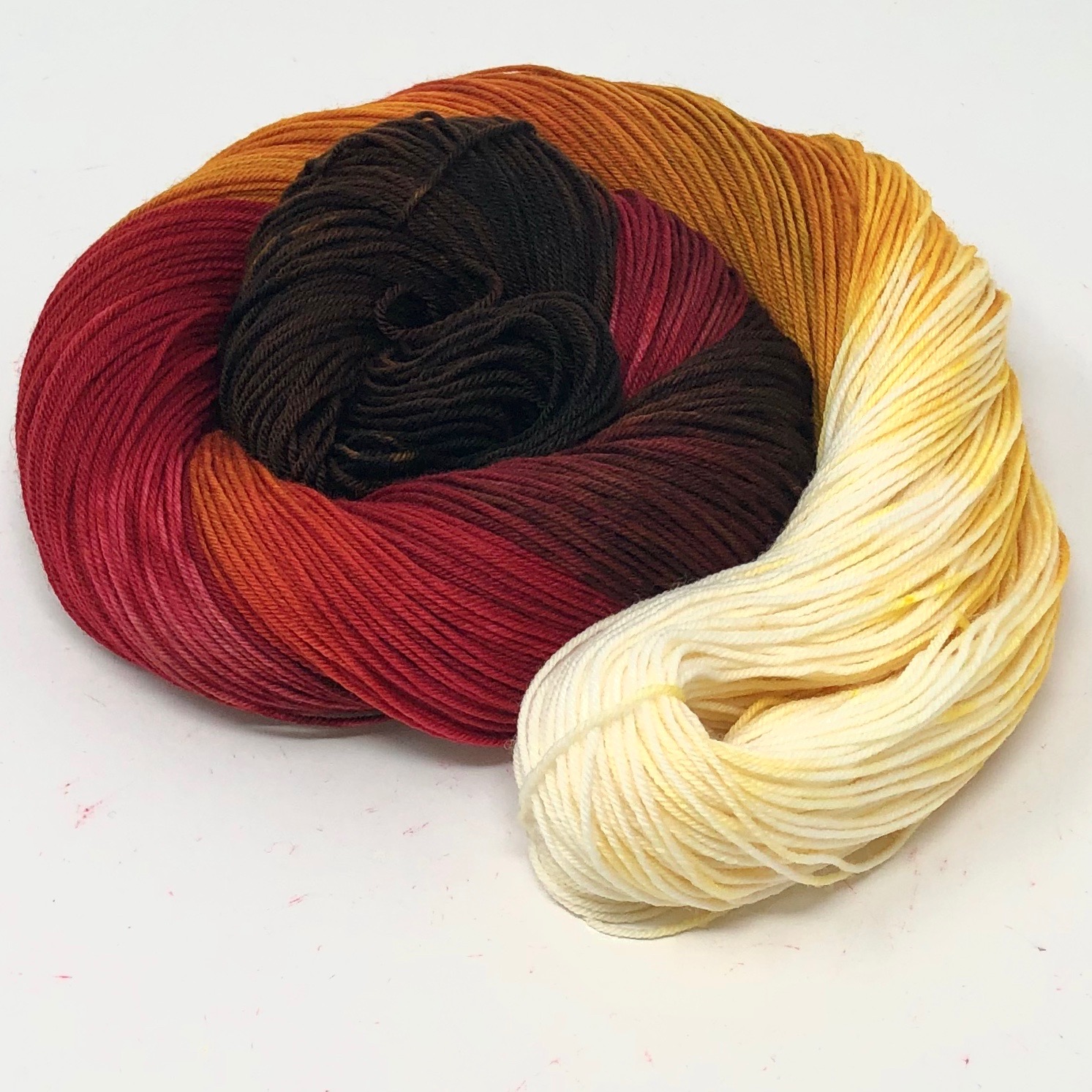August’s HerStory recipient, Judith Jamison, is a world-renowned ballet dancer and choreographer. Born in Philadelphia in the early 1940s, Judith Jamison was introduced to music at a young age. Her parents had wide-ranging musical interests, which they enthusiastically shared with young Judi, but it was dance that captured her heart. Her earliest dance teacher, Marion Cuyjet, recognized and was energized by Jamison’s immense talent. Judith was surrounded by the best of the best in dance, made even better by the fact that this danceratti was also black; the whole representation matters thing writ large. Even now, when just this past year, ballet shoes were finally made in colors that reflected brown skin tones, classical ballet and dance in America has existed more fully for white people than for people of color, so the fact that this young black girl was able to experience her passion by being taught by a woman of color, then, later, by being welcomed into and showcased by a black dance company (which she later was in charge of) is so important.
Now in her mid-70s, Jamison has transitioned to an Artistic Director Emerita status at her old dance company, but was with the Alvin Ailey Dance Theater for much of her career. She started as a dancer, whose failed audition for another dance company so beguiled Alvin Ailey that he offered her a position in his company, and Jamison later grew to become a close confidant and artistic muse of Ailey. He choreographed the 1971 solo, Cry as a love letter to his mother, and specifically to be performed by Jamison. Ailey later dedicated it to “all black women everywhere, especially our mothers.” The dance solo, which Jamison had never performed in its entirety at once until the debut, celebrates feminine strength and resilience, and has been said to be very emotionally and physically taxing to perform.
Shortly before his death, Ailey asked Jamison to take over artistic directorship of his dance company. She had been building her own company, but realized that she could do such good work at the helm of the Alvin Ailey Dance Theater, and she definitely did. She grew the company’s endowment many times over, helped launch a BFA program in collaboration with Fordham University, and was the driving force behind the building of the dance company’s permanent home, which is the largest building dedicated to dance in the USA. Her legacy is amazing and lasting, and she’s still going strong. She’s a true icon in the dance field, showcasing and uplifting the African American experience in dance and sharing her interpretation of that experience with the world. She’s won multiple awards, and continues to be recognized for her contribution to the dance world. We hope, as you knit your skein of Dancing Queen into beautiful pieces of your own art, you think about the doors this HerStory recipient opened for young black women all over.

